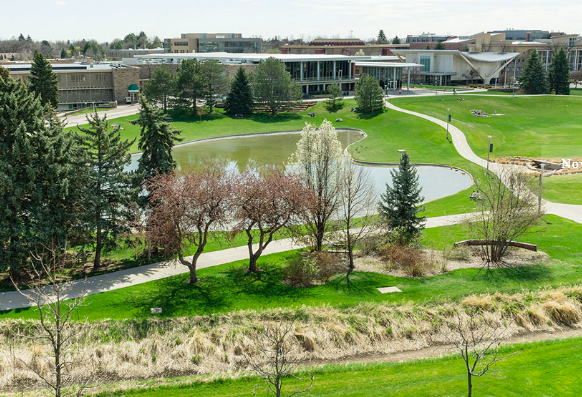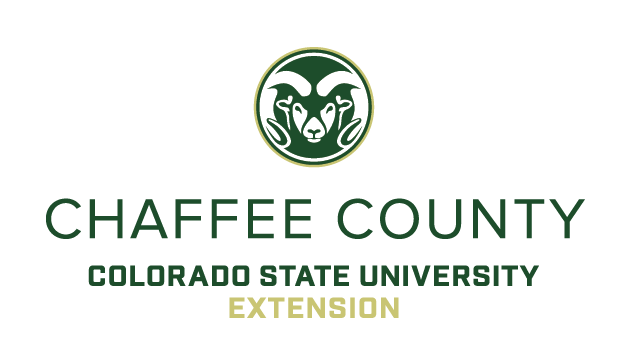Our Mission
Empower Coloradans to address important and emerging community issues using dynamic, science-based educational resources.
Our Vision
CSU Extension is highly valued for inclusive, impactful community engagement in support of our land grant university mission.
Our Core Values
- Trusted
- Community-based
- Science-based
- Integrity
- Inclusion
- Respect
- Service
- Social Justice
What is Extension?
Community needs drive our work. Our mission is to provide information and education, and encourage the application of research-based knowledge in response to local, state, and national issues affecting individuals, youth, families, agricultural enterprises and communities of Colorado.
We are part of the land-grant university system nationwide. We draw from the University’s research-based resources to strengthen community partnerships, boost the economy, engage families and youth, and enhance our quality of life.
Extension’s job is to determine what issues, concerns and needs are unique to each community, and offer sound and effective solutions. Whether you have a question about health, nutrition, financial literacy, weeds, pests or gardens, 4-H or youth development, or child-care issues, CSU Extension can connect you to the latest, most accurate data.
Our educational programs are available through a variety of methods including web-based platforms, social media, traditional group meetings, one-on-one contacts, and diverse electronic program delivery channels.
What is a land grant institution and what does that mean?


The idea of the land-grant university arose in the middle of the 19th century around a set of converging social and cultural changes in the United States. In an era of economic, social, and political turmoil, U.S. Representative Justin Morrill proposed the notion of government land-grants to support practical public education for the working classes. President Abraham Lincoln signed the first Morrill Act into law on July 2, 1862. This act dictated that proceeds from the sale of land in each state would be invested in a perpetual endowment to support colleges of agriculture and mechanic arts. The signing of the second Morrill Act in 1890, the Hatch Act in 1887 (to establish Agricultural Experiment Stations), and the Smith-Lever Act of 1914 that created the Cooperative Extension Service formed the basis of the land-grant university model as it exists today.
The spirit of the Morrill Act was, and is, to enable all citizens of the United States to participate in the nation’s economic and social progress. After 150 years of profound social and economic transformation, the core values embodied in that spirit remain.
Today, land-grant universities have a three-part mission – research, education/training, and outreach/extension – that commits university resources to address state needs. At CSU, that is reflected in many ways, including robust extension, cutting-edge research in areas, and furthering programs that help make the world safer and more sustainable. There is at least one land-grant institution per state, plus institutions in DC and the U.S. territories. Since 1994, Native American Colleges have been included as well.

Contact Information:
CSU Extension Chaffee County
Mailing: 10165 CR 120, Salida, CO 81201
Physical: 185 Quigot Court, Salida, CO 81201
coopext_chaffee@ mail.colostate.edu
(719) 539-6447
Chaffee County Extension Programs
Discrimination Statement
Colorado State University Extension is an equal opportunity provider.
Colorado State University does not discriminate on the basis of disability and is committed to providing reasonable accommodations.
CSU’s Office of Engagement and Expansion ensures meaningful access and equal opportunities to participate to individuals whose first language is not English. col.st/ll0t3
Colorado State University Extension es un proveedor que ofrece igualdad de oportunidades.
Colorado State University no discrimina por motivos de discapacidad y se compreomete a proporcionar adaptaciones razonables.
Office of Engagement and Expansion de CSU garantiza acceso significativo e igualdad de oportunidades para participar a las personas quienes su primer idioma no es Ingles. col.st/ll0t3

